Address information from the BSO is currently useful in its own right as it is important to know where the population is for health screening and intervention. Furthermore, its value is likely to increase as it contributes to the NILS, and, depending on developments elsewhere, could supplement the traditional census or be part of a replacement based on administrative data. Because of this, it is important to assess the accuracy and timeliness of BSO address data, to know which groups of people and places appear to be missed, and to understand more about what this might mean.
Firstly, the proposal will match SOA as downloaded from the BSO in April 2001 with that recorded in the 2001 Census. Secondly, the proposal aims to contribute to this task by also matching the anonymised UPRN (Unique Property Reference Number) as downloaded in April 2001 with the anonymised UPRN as recorded in the 2001 Census. This will allow for analysis of the individual, household and neighbourhood determinants of inaccuracy, and then tracing the lags through time over which BSO address data come to match those reported in the 2001 Census. The analysis will consider moves between SOAs but it will also be possible to deal with moves within SOAs as UPRNs have x,y coordinates. This also permits distance to be incorporated in the analysis with an assessment of the spatial inaccuracy associated with mismatch between the BSO and census data and greater understanding of whether errors are related to shorter or longer migratory moves.
Publications:
Shuttleworth, I. and Martin, D. (2015) ‘People and places: Understanding geographical accuracy in administrative data from the census and healthcare systems’ Environment and Planning A, doi:10.1177/0308518X15618205
Other Outputs:
Shuttleworth, I. Martin, D. & Barr, P (2012) ‘Understanding address accuracy: an investigation of the social geography of mismatch between census and health service records‘ – presented at BSPS conference, September 10th – 12th 2012.
Shuttleworth, I. (2012) ‘Using address information from health card registrations: Perspectives from Northern Ireland using the Northern Ireland Longitudinal Study (NILS)’ – presented at the ESRC/ONS Seminar on Administrative Data Sources, Royal Statistical Society, London, 9 July 2012.


